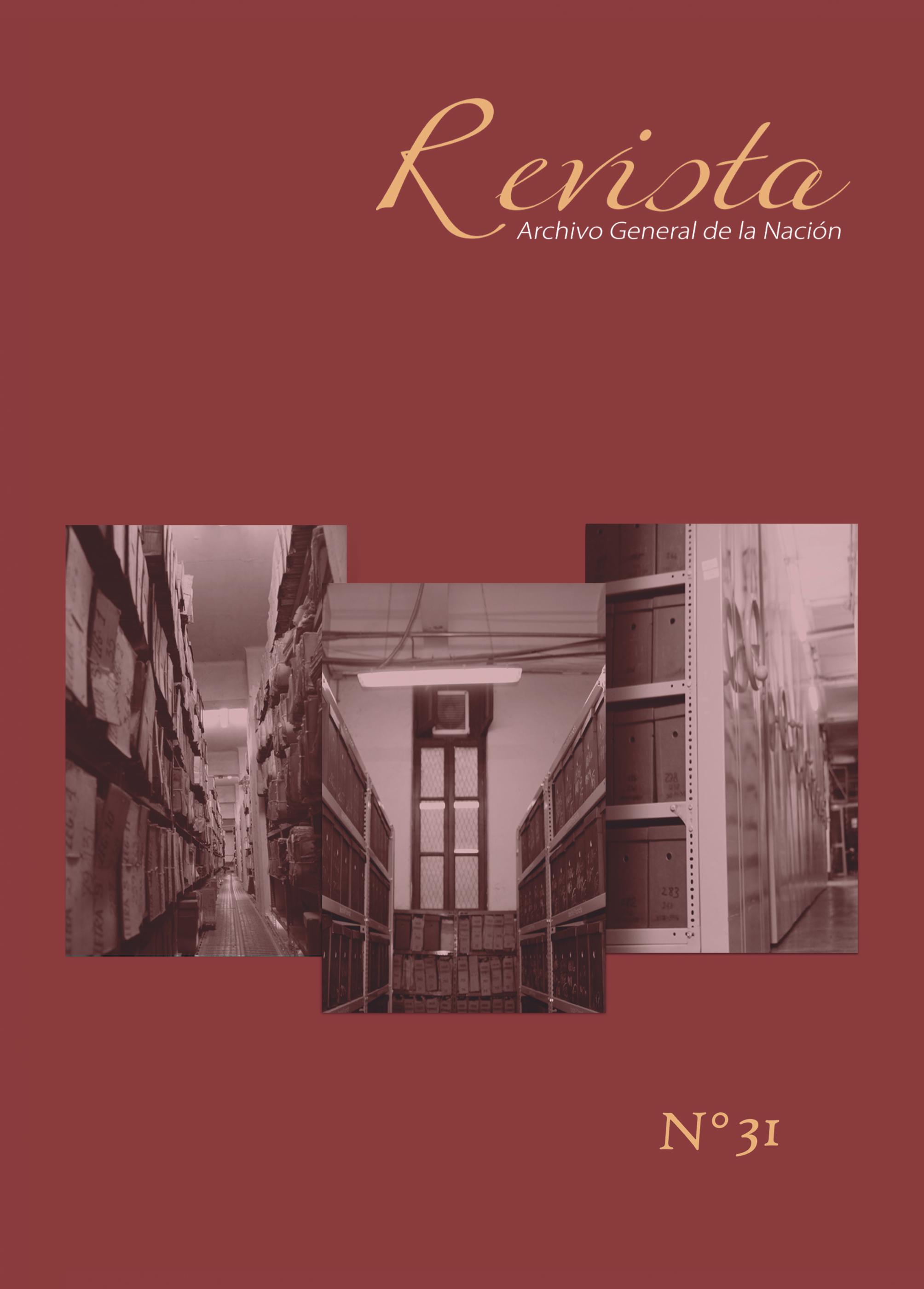Invisibility and incapacity of the Lima woman of the 16th century.
A sample, a button: the dowry card
Abstract
This study seeks to deepen the role played by the delivery of dowry in the decision-making capacity and willingness of the Lima woman of the sixteenth century - between the years 1538-1599 - once he married, without distinction of race, social or economic status.
One element that has established this variant on the legal, economic and social capacity of women in the XVI century has been the letter of dowry, instrument private, executed before a notary or notary public, the result of an agreement between the parents of the bride and groom, before or during his life as a married couple. Analysis of the structure of the letter diplomatic feat will test the condition that had women in Lima society of the sixteenth century.
Copyright (c) 2016 Giovanna Valencia Álvarez

This work is licensed under a Creative Commons Attribution-NonCommercial-ShareAlike 4.0 International License.
Aquellos autores/as que tengan publicaciones con esta revista, aceptan los siguientes términos:





